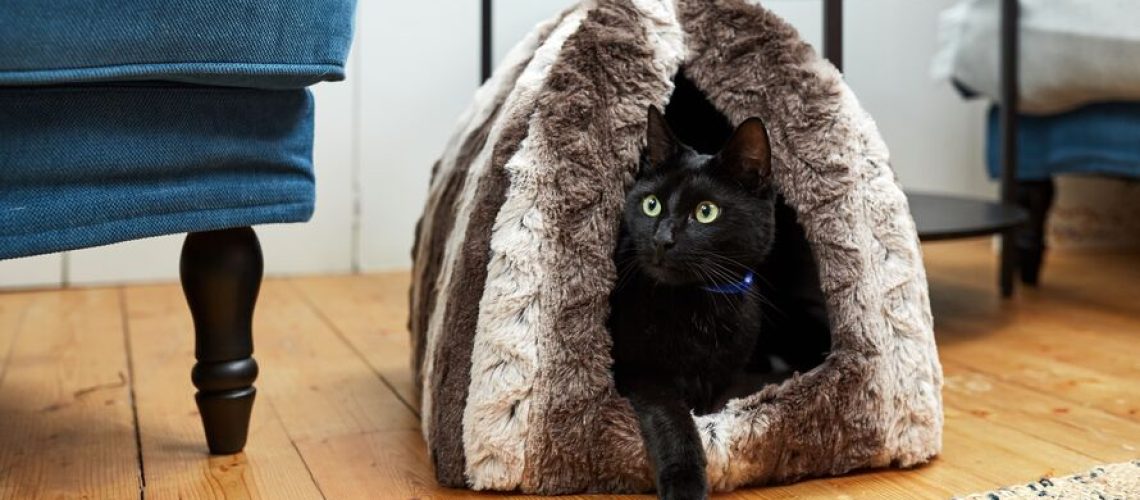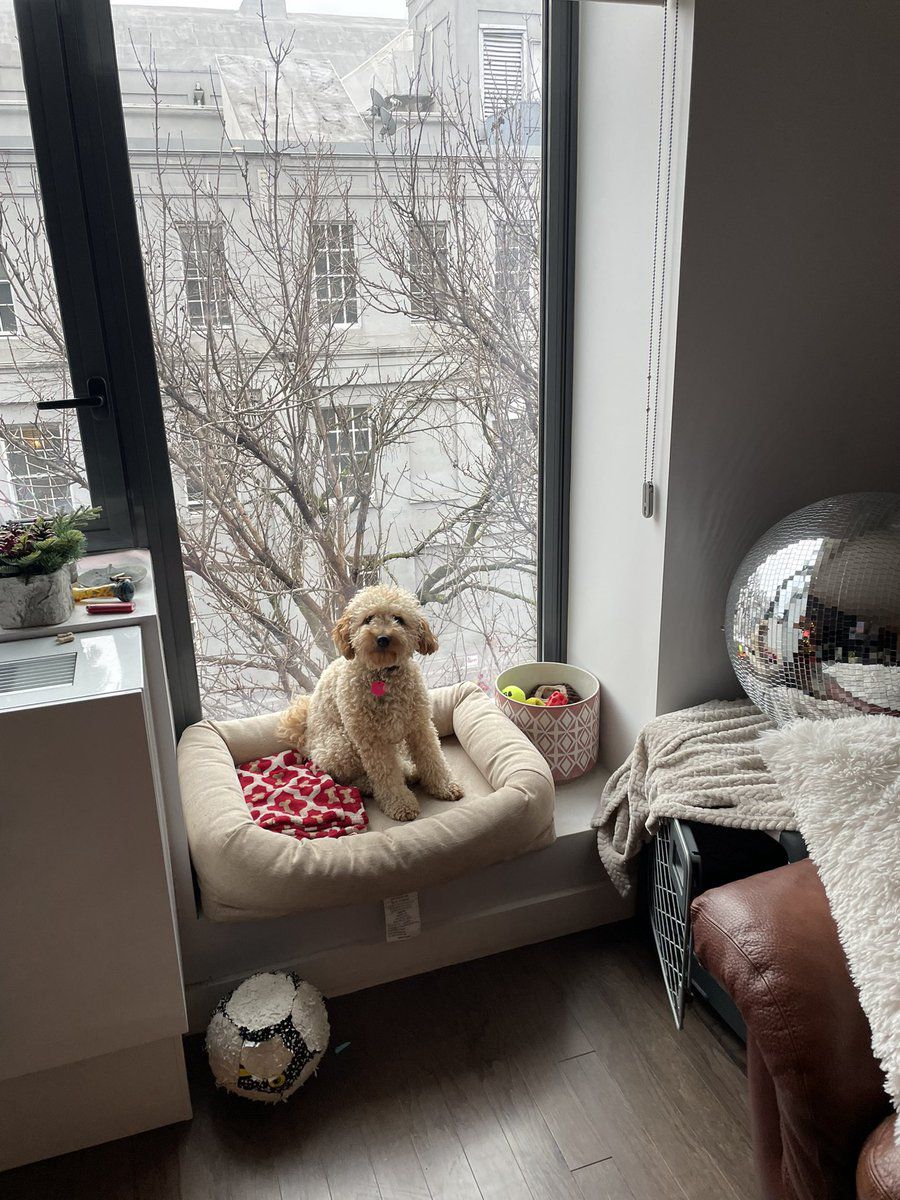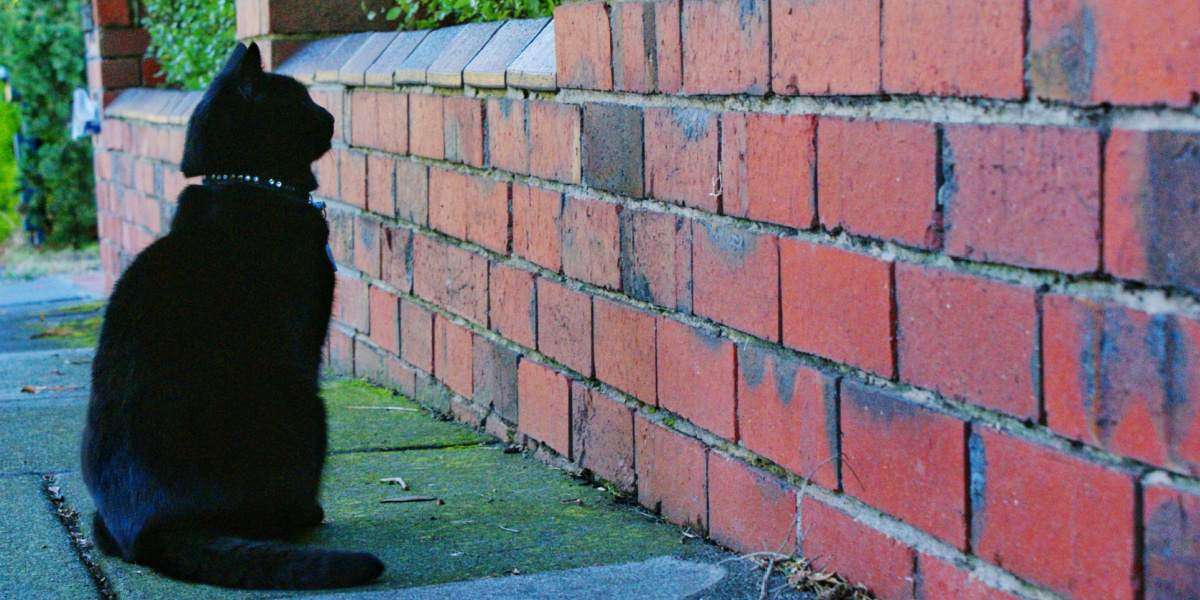Are you ready to embark on a thrilling journey through the mysterious world of your feline friend? Imagine being able to uncover their secret hiding spots and unravel the enigma that is your cat's favorite game: Hide & Seek. By understanding this topic, you will not only deepen your bond with your furry companion but also gain valuable insights into their behavior and instincts. Join us as we delve into the hidden world of cats and discover the secrets they keep tucked away. Get ready for an adventure like no other, where every nook and cranny holds a surprise waiting to be unraveled. So grab your detective hat and let's begin our quest to unveil the mysteries behind your cat's elusive hiding spots!
Key Takeaways:
- Cats have a natural instinct to hide, so it's important to provide them with safe and comfortable hiding spots in your home.
- Understanding your cat's hiding behavior can help you identify any underlying stress or health issues they may be experiencing.
- Some common hiding spots for cats include under furniture, inside closets, and behind curtains or drapes.
- Creating a designated hiding area for your cat can help them feel secure and reduce their anxiety levels.
- Regularly checking your cat's hiding spots can ensure they are not stuck or trapped in any dangerous situations.
Why do cats like to hide in different places?
Cats are natural predators and hiding is a part of their instinct. They have a strong hunting instinct, and hiding allows them to observe their surroundings without being seen. It also gives them a sense of security and helps them feel safe in their environment.
Additionally, cats are solitary animals by nature, and hiding provides them with a private space where they can retreat and relax. It allows them to have some alone time away from any potential threats or disturbances.
The Benefits of Hiding for Cats:
- Hiding helps cats feel safe and secure in their environment.
- It allows them to observe their surroundings without being seen.
- Hiding provides cats with a private space where they can relax and have some alone time.
How Hiding Relates to Cat's Hunting Instinct:
Cats are natural hunters, even if they live indoors. Hiding is an essential part of the hunting process for cats because it allows them to stalk their prey without being detected. By hiding, they can patiently wait for the perfect moment to pounce on their unsuspecting target. So when you see your cat hiding, it's like watching a mini hunter in action!
Common hiding spots for cats
Cats can be quite creative when it comes to finding hiding spots. Some common places you may find your cat hiding include:
- Underneath furniture: Cats love squeezing into small spaces under beds, couches, or tables.
- In boxes or bags: You've probably noticed that your cat has an uncanny ability to fit into the smallest cardboard box or bag.
- In closets or cabinets: Cats are notorious for sneaking into closets and cabinets and making themselves comfortable among your clothes or dishes.
- High perches: Cats also enjoy finding high spots like shelves, bookcases, or the tops of furniture to hide and observe their surroundings from a safe vantage point.
The Appeal of Hiding Spots:
Cats are naturally curious creatures, and exploring different hiding spots appeals to their sense of adventure. It's like having their secret hideout where they can feel hidden and secure. These hiding spots also provide them with opportunities for play and exercise as they navigate through tight spaces or climb to higher perches.
Is your cat scared or just playing a game when it hides?
When a cat hides, it can be difficult to determine whether they are scared or simply playing a game. Cats have complex behaviors, so it's essential to consider the context and other body language cues to understand what your cat may be feeling.
If your cat is scared, you may notice signs such as flattened ears, dilated pupils, hissing, growling, or an arched back. They may hide in places that provide them with the most cover and protection. In this case, it's important to give your cat space and time to calm down. Avoid forcing them out of their hiding spot as it may escalate their fear.

On the other hand, if your cat is playing a game, you might see behaviors like pouncing on toys hidden under furniture or engaging in playful stalking behavior. Their tail may be up in the air, showing excitement rather than fear. Playing games helps cats release energy and satisfy their hunting instincts.
The benefits of letting your cat have hiding spots
Allowing your cat to have hiding spots in your home has several benefits for both you and your feline friend:
- Reduced stress: Hiding spots provide cats with a sense of security, which can help reduce their stress levels. This is especially important in multi-cat households or when there are other pets or children around.
- Privacy and relaxation: Cats need their alone time just like humans do. Hiding spots allow them to retreat from the world and relax without any interruptions.
- Environmental enrichment: Having hiding spots adds variety to a cat's environment and provides opportunities for mental stimulation. It allows them to engage in natural behaviors like stalking, exploring, and climbing.
Encouraging your cat to come out of its hiding spot
If your cat is hiding and you want to encourage them to come out, it's essential to create a calm and inviting environment:
- Speak softly: Use a gentle tone of voice when calling your cat's name or trying to coax them out. Loud noises or sudden movements may scare them further.
- Offer treats or toys: Try tempting your cat with their favorite treats or toys that they enjoy playing with. This can entice them to come out of their hiding spot.
- Create safe spaces: Provide alternative hiding spots that are more accessible and comfortable for your cat. This could be a cozy bed, a designated hiding box, or a cat tree where they feel secure.
Tips for finding your cat's favorite hiding spots
Finding your cat's favorite hiding spots can sometimes feel like solving a mystery. Here are some tips that might help you locate those elusive hideaways:
- Observe patterns: Cats often have preferred hiding spots. Pay attention to where you usually find your cat hiding and try to identify any patterns or common areas.
- Check small spaces: Cats are masters at fitting into tight spaces. Look for potential hiding spots under furniture, behind curtains, or inside closets.
- Follow their gaze: Cats may hide in places where they can keep an eye on something interesting, like a bird feeder outside the window or a favorite toy.
Creating safe alternatives to harmful hiding spots for cats
Sometimes, cats may choose hiding spots that are unsafe or inaccessible for you to reach. In such cases, it's important to create safe alternatives that satisfy their need for hiding:
- Provide cat-friendly hiding options: Invest in cat trees, tunnels, or covered beds that offer secure and comfortable hiding spots designed specifically for cats.
- Make existing hiding spots safer: If your cat tends to hide in dangerous places like behind appliances or inside cabinets with chemicals, block access to those areas or make them inaccessible.
- Create a peaceful environment: Ensure your home is a calm and stress-free space for your cat. Provide scratching posts, toys, and cozy resting areas to encourage positive behaviors and reduce the need for excessive hiding.
In conclusion, cats are experts at finding hiding spots in our homes. By understanding their natural instincts and observing their behavior, we can uncover their favorite hiding places and provide them with a safe and secure environment. So next time you play hide and seek with your cat, be prepared for some surprising discoveries!
Is it bad to block a cats hiding spot?
Ensure that your cat does not feel confined or trapped. Cats always want to have access to a nearby exit. If your pet is hiding, make sure to keep doors open and do not block the exits to any room. Create a welcoming and secure environment for your cat to freely explore.
Do cats like hide and go seek?
Cats are known for being playful animals and they love the excitement of hunting. While your cat won't actually hunt you, they will gladly engage in a game of hide and seek to imitate their natural instinct of stealthily chasing after prey.
How do I find my cats hiding spot?
Cats often hide behind or under furniture, such as beds, couches, or chairs, because these areas are dark, quiet, and less likely to be disturbed. Some cats may also prefer low hiding spots because they are unable to jump or simply do not enjoy being in elevated positions, according to Johnson.
Where do cats usually hide when scared?
Creating hiding spots is an essential requirement for your cat. By offering various options like open cupboards, spaces under beds, cardboard boxes, and gaps behind sofas, you give your cat a range of choices for finding a safe place when they feel frightened.
What does it mean when a stray cat comes to your house and won t leave?
If you encounter a stray cat near your home and it appears to be attempting to get inside, it is probably seeking a safe place with nourishment, hydration, and some care and attention.
Do cats know when they're not wanted?
Cats are able to detect the tones in human voices, allowing them to determine whether they are being welcomed or not. They can perceive the tone in people's voices and use this knowledge to determine if they are wanted or not.

















